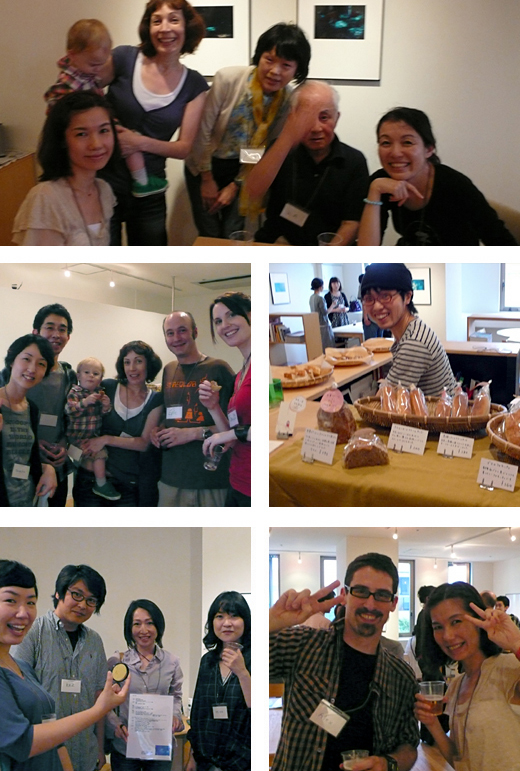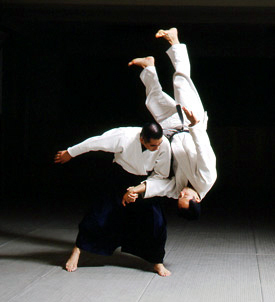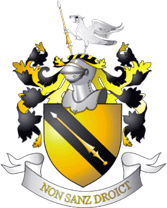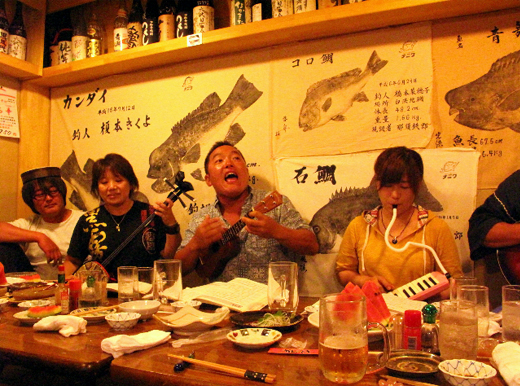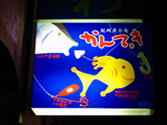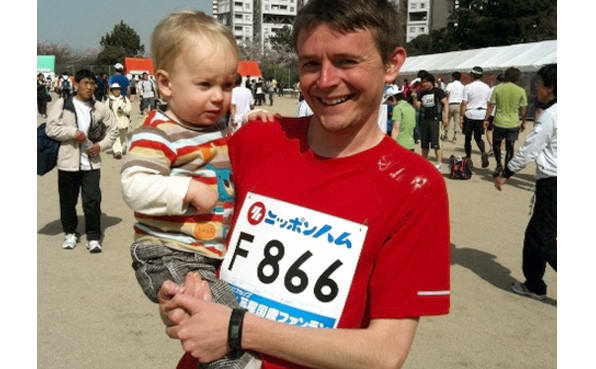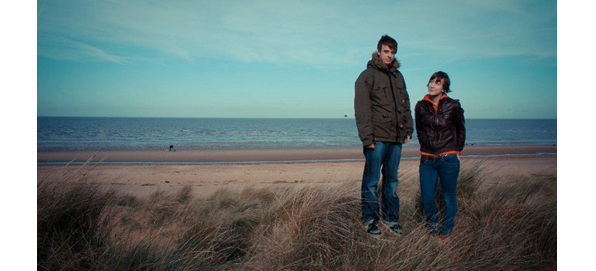imagine* yoga |
07/06/2011 |
Hello there yoginis!
We have made it into the second half of this year already. How has 2011 been for you so far?
July brings with it a sweltering, sticky heat… the sign that it’s now my favorite season in Japan: summer. Despite the discomfort that all this sweating might bring, summer is a season of celebration and relaxation. The heat seems to slow things down a bit, and it’s much easier for us to relax. If you take good care of yourself during this season, it can be a very healthy one. We tend to eat fresher foods, drink more water and yes, sweat out more toxins. So embrace the heat and come join us in the yoga class to help your body detox!
This month we’ll be taking a look at a very well-known form of yoga: Hatha Yoga. The term itself is sometimes confusing, as what most people know as “yoga” is in fact Hatha yoga. Other famous branches of yoga, for example Bikram yoga (hot yoga), Iyengar yoga and Ashtanga yoga all find their roots in Hatha yoga.
The word hatha comes from two Sanskrit words: HA (meaning sun) and THA (meaning moon). Hatha yoga is a system that helps the practitioner to confront and balance out opposites/dualities in the body and mind. We live in a world of duality: sun/moon, hot/cold, male/female, positive/negative, etc. According to the yoga system, any problems that come up in our bodies and minds are due to one aspect of these pairs being overactive, and the other underactive. Hatha yoga provides us with the tools to bring our physical, mental and spiritual systems back into balance, and in this balance we find health and happiness.
Traditional Hatha yoga focuses primarily on the asana (postures) and pranayama (breathing), in a slow, meditative set.
This month, we’ll be doing a relaxing, yet challenging set, bringing in a few balancing poses. The balancing poses we’ll be doing include Tree Pose (Talasana), Eagle Pose (Garudasana) and Warrior 3 (Virabradrasana 3). Then, we’ll be exploring quite a few floor-based poses like Butterfly pose (Baddha Konasana), Bow pose (Dhanurasana), Plough pose (Halasana) and Locust pose (Shalabasana).
Our Pranayama for this month will be a return to Alternate Nostril Breathing (Nadi Sodhana), a calming way of breathing that is said to bring balance to the flow of prana (life force) in our bodies.
From my side, keep cool & namaste!
See you on the mat,
Marilu
月毎に行うポーズ名をご紹介します。レッスンの状況により多少変更することがあります。


